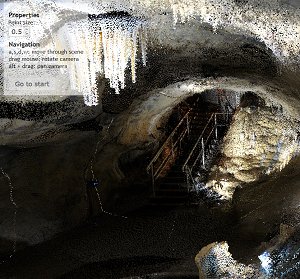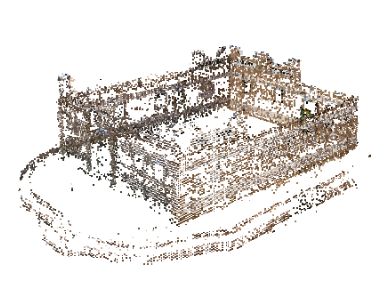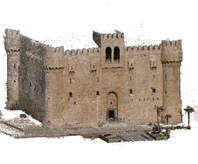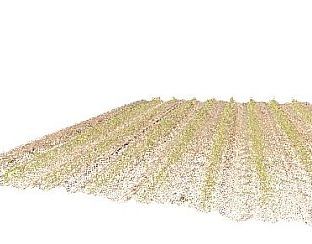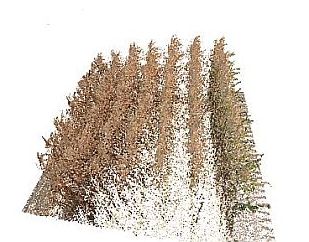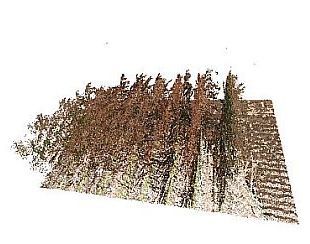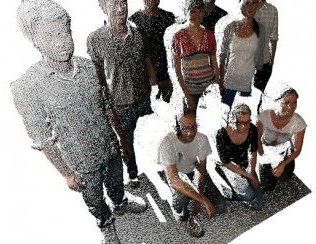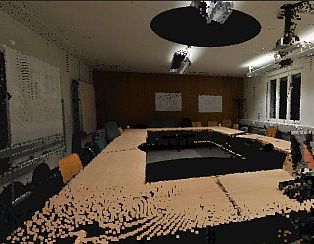View Point Clouds in your Web Browser
This website presents examples of point clouds visualizations using the new HTML5 WebGL technology.
Just click on the examples below to get started.
All you need to watch it is an WebGL enabled browser (runs best on Mozilla Firefox or Google Chrome).


GIScience Research Group, Institute of Geography, Heidelberg University
http://www.geog.uni-heidelberg.de/gis
Website by Dipl.-Geogr. M. Auer, Andreas Kiefer & Dipl.-Geogr. Kristina Koenig
http://www.geog.uni-heidelberg.de/gis
Website by Dipl.-Geogr. M. Auer, Andreas Kiefer & Dipl.-Geogr. Kristina Koenig
